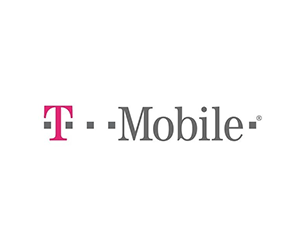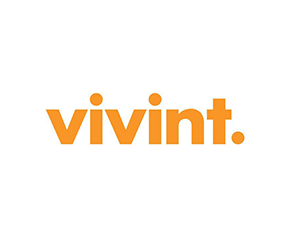What is a 2D Animator?
A 2D Animator is a skilled artist who specializes in creating animated sequences using two-dimensional techniques. This involves manipulating images in a series of frames to simulate movement, bringing characters and scenes to life. 2D animators use various traditional and digital tools to produce animation for a wide range of media, including cartoons, advertisements, and online content. Their expertise lies in storytelling through motion, using their creativity and artistic skills to convey narratives with fluidity and expression.
How do you become a 2D Animator?
- Acquire Animation Education: Pursue formal education or animation courses to learn the fundamentals of 2D animation, including principles such as timing, spacing, and squash-and-stretch.
- Master Animation Software: Develop proficiency in industry-standard 2D animation software such as Adobe Animate, Toon Boom Harmony, or Clip Studio Paint.
- Build a 2D Animation Portfolio: Create a portfolio showcasing your 2D animation projects, including character animations, storyboards, and examples of your ability to convey emotion and movement.
- Participate in Animation Communities: Engage with online and local animation communities, attend events, and connect with other animators to stay inspired, share your work, and learn from others.
- Gain Practical Experience: Apply your skills in practical settings through internships, freelance projects, or personal animations to build a diverse portfolio and gain real-world experience.
Skills needed to be a 2D Animator:
- Animation Techniques: Mastery of 2D animation techniques, including keyframing, tweening, and creating smooth character movements.
- Storyboarding: Skill in creating storyboards to plan and visualize the sequence of scenes, ensuring a cohesive and engaging narrative.
- Character Design: Proficiency in character design to create visually appealing and expressive characters suitable for animation.
- Understanding of Motion: Deep understanding of motion, physics, and kinetics to create realistic and believable animations.
- Drawing and Illustration: Strong drawing and illustration skills, with the ability to create detailed and expressive images that translate well into animation.
- Time Management: Efficient time management skills to meet project deadlines, especially in the fast-paced animation industry.
- Creativity: Creative thinking to develop unique concepts, styles, and approaches to animation, bringing originality to your work.
- Software Proficiency: Mastery of 2D animation software tools, utilizing features such as layers, timelines, and color palettes.
- Attention to Detail: Keen attention to detail to ensure consistency in character design, movement, and scene continuity throughout the animation.
- Communication and Collaboration: Effective communication skills to collaborate with other animators, directors, and artists in a team environment, ensuring a unified vision for the animation project.







